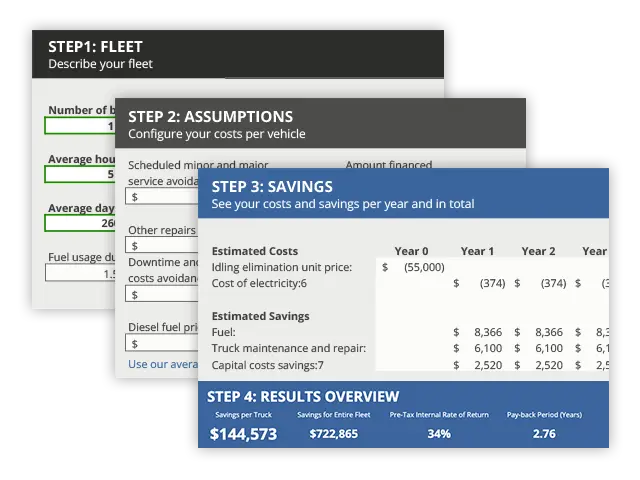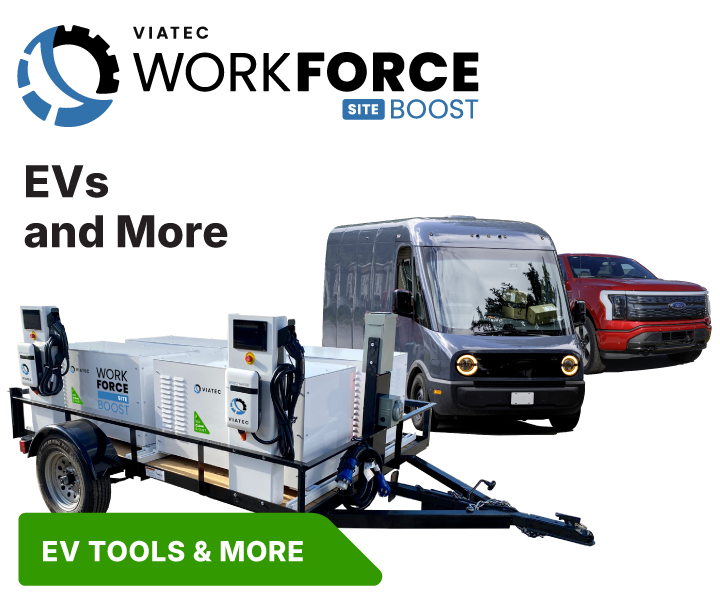The Idling Calculator
How much can you save by reducing idling time?
We’ve developed this idling fuel consumption calculator to show the cost benefits of reducing work truck idling time with SmartPTO. Simply download the calculator, input your fleet details, and see the potential savings.

Build an idling reduction business case for your fleet
For a vehicle like a bucket truck, the impacts of engine idling can be more than we’d think. With our idling fuel consumption calculator, you can input information about your truck fleet and some assumptions about your operations and costs per vehicle, then get a detailed view of potential costs and savings per vehicle, per year. This information can be essential for building a business case for finance managers and decision-makers around the actual return on investment that comes with hybridizing your fleet with SmartPTO.
Reduce idling time and much more
Reducing idling saves fuel, lowers CO2 emissions, and reduces vehicle wear-and-tear, saving money on maintenance and repairs. This anti-idling approach to fleet management creates a cleaner, quieter work environment for your employees and their neighbors.
Our calculator is built on our own insights and based on research from Argonne National Library — a federally funded research and development center. Learn more by reading their articles on the subject, such as Idle Reduction Research or Reducing Vehicle Idling.









